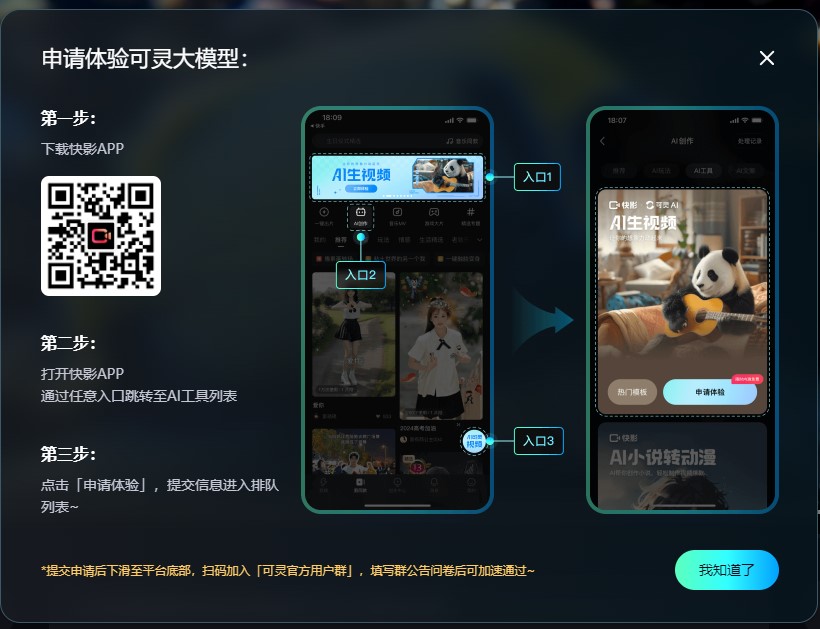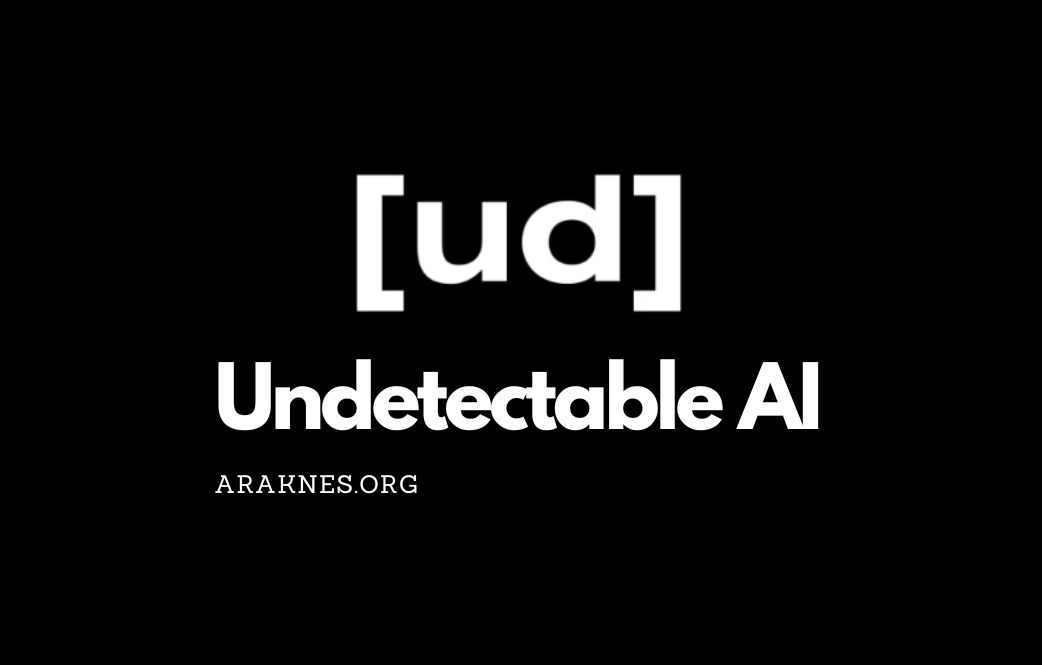Kling AI is making waves in the tech community as an innovative text-to-video model developed by Kuaishou Technology in China. This tool has rapidly gained attention for its ability to generate high-quality videos from text prompts, positioning itself as a formidable competitor to OpenAI’s forthcoming Sora model. Below, we’ll explore the groundbreaking features of Kling AI, show examples of its capabilities, and walk you through how to start using this remarkable technology.

Kling AI: Setting New Standards in AI Video Generation
Kling AI isn’t just another player in the field of artificial intelligence—it’s a game-changer. This model takes text-to-video generation to new heights, producing videos that are more realistic than anything we’ve seen before. While previous models, like Modelscope Text2Video, set the stage, Kling AI pushes the envelope by generating videos that extend up to two minutes in length with unparalleled detail and realism. This leap forward is particularly notable when compared to Vidu AI, another Chinese development, which could only produce 16-second videos.
The Technology Behind Kling AI
At the heart of Kling AI’s success is its advanced 3D face and body reconstruction technology. Leveraging Kuaishou’s proprietary 3D Variational Autoencoder (VAE), the model generates videos that are not only lifelike but also incredibly detailed. This is achieved through the model’s ability to handle various aspect ratios, ensuring full expression and movement from just a single full-body image. Additionally, Kling AI’s variable resolution training ensures that the output is as realistic as possible, no matter the video’s dimensions.
Visualizing the Future with Kling AI
The realism offered by Kling AI is nothing short of extraordinary. The model produces videos with stunning clarity, where the fine details in facial expressions and body movements are almost indistinguishable from real-life footage. This level of detail marks a new standard in AI-generated content, promising to reshape how we perceive digital media.
How to Access Kling AI
As of July 24th, Kling AI is available to users worldwide, making it easier than ever to access this cutting-edge technology. Here’s how to get started:
- Visit the Kling AI Website: Head over to klingai.com and click the “Sign In” button at the top right corner of the page.
- Create an Account: Select “Sign Up For Free” and fill in your email and password details.
- Verify Your Email: Enter the six-digit verification code sent to your email to complete the registration process.
- Start Creating Videos: After registering, you’ll gain access to the AI Video section, where you can start generating videos. Each user receives daily credits to create up to six videos.

For those based in China, Kling AI can also be accessed via the Kwaiying (KwaiCut) mobile app, available on Google Play and the Apple App Store. This app offers an alternative method to explore Kling AI’s features, with step-by-step in-app instructions guiding you through the setup.
Maximizing Your Experience with Kling AI
Once you’ve set up your Kling AI account, you’re ready to dive into video creation. The platform offers the ability to craft videos and images by using or modifying prompts from other users. By browsing through examples shared by others, you’ll uncover a variety of impressive creations, providing ample inspiration for your own projects.
To start, navigate to the generation tab where you’ll input your prompt. Whether you’re creating content for Instagram, TikTok, or another platform, Kling AI allows you to customize the dimensions and length of your video. Simply enter your text, select the appropriate settings, and hit the generate button. Keep in mind that video generation may take a few minutes, depending on the complexity of your request.
Real-World Testing: Kling AI’s Capabilities
During my time with Kling AI, I put the model to the test by tweaking a prompt shared by another user. Initially, I worked with “A corgi wearing sunglasses strolls on the beach of a tropical island,” modifying it to “A Japanese Spitz in dark glasses walks the streets of New York.” The result was interesting but not perfect—the video depicted a dog with the color pattern of a corgi and the fluffy appearance of a Japanese Spitz, navigating the streets of New York.
Determined to achieve a more accurate result, I refined the prompt to “A Nihon Supittsu in dark glasses walks the streets of New York.” The outcome was unexpected; instead of a Japanese Spitz, the video showed a person in dark glasses walking through the city. While the result didn’t fully align with my vision, it highlighted Kling AI’s potential for creative experimentation.
Looking Ahead with Kling AI
Kling AI is undoubtedly a significant milestone in AI video generation, offering a powerful tool for content creators and businesses alike. As the technology becomes more accessible globally, it presents exciting opportunities for those looking to push the boundaries of digital media. Whether you’re an AI enthusiast or a professional in the field, Kling AI is paving the way for the future of video content creation, offering endless possibilities for innovation.






Leave a Reply